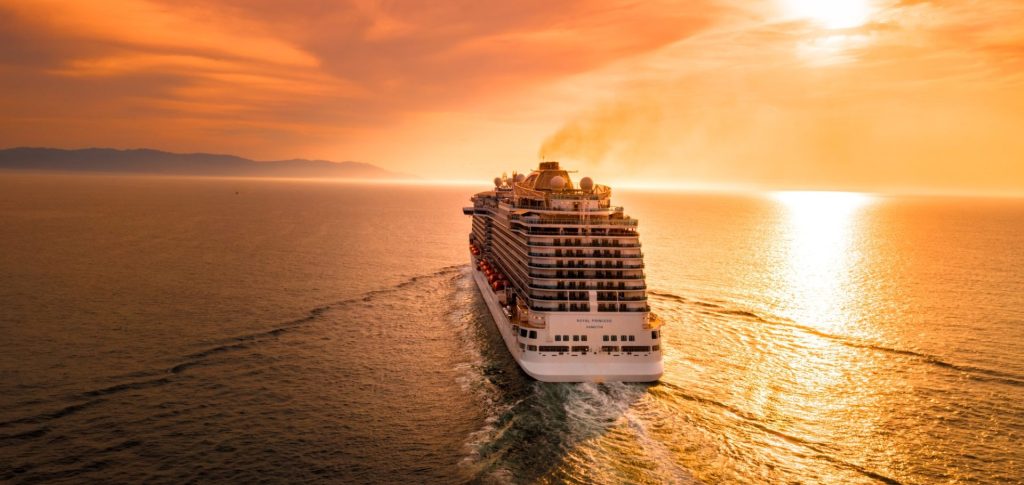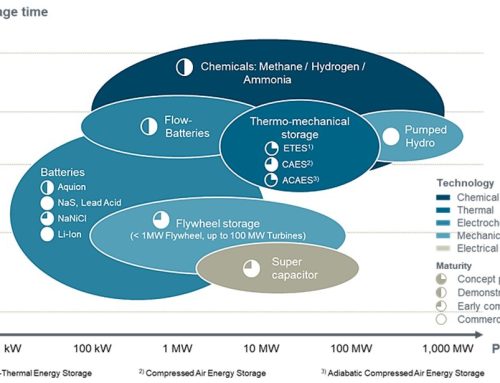
Dr Laura Norris of the Centre for Innovation Policy Research, Cardiff University, examines the adoption of future fuels in passenger vessels – where we are now, and the future potential. The observations in this piece are based on expert conversations with stakeholders across industry and individuals that act in an advisory capacity to MariNH3.
History shows that in times of economic growth there is an expansion in the leisure vessel fleet – both in cruise ships and smaller personal vessels. Forecasts predict such a rise before 2050, yet the evidence suggests that the conversation around alternative fuels on passenger vessels is less progressed than that of cargo or tanker vessels. This leads to the question whether this is in part attributable to public perception or technical capacities.

Fuel prioritisation – matching fuel to voyage to public perception
Fuel prioritisation and matching was the dominant theme throughout the conversations with experts – that due to demand and supply issues there needs to be prudence about using the most appropriate fuel for each vessel and journey type. This can be attributed to supply chain capacity and the ability of ports to support multiple new technologies and suggests that the future fuel scenario for passenger vessels will be subject to the legacy of policy and supply chain decisions made today.
Consulted experts were of the opinion that ammonia on passenger vessels would be a “harder sell” due to levels of public knowledge and potential acceptance, meaning that decisions may favour electric and hydrogen due to greater familiarity. However, it is important to remember that the hydrogen supply chain is less developed than that of ammonia – keeping in mind the dilemma of how to prioritise fuel matching, the question arises whether passenger vessels are a first priority for the use of available green hydrogen or green ammonia. This might be based on prioritising denser fuels for commercial fleet and associated safety or training protocols for using these fuels. Further, research and industry consultation has shown that ‘short hop’ roll-on/roll-off (RORO) vessels may be more suitable for electric propulsion.
Hydrogen takes the helm
Seemingly, the industry is organising itself along these lines, with five ammonia-fuelled vessels ordered in the year to date (2025) against four hydrogen vessels. Viking Cruises announced two new hydrogen-powered cruise ships in April 2025 – the Viking Libra scheduled for delivery in 2026 and the Viking Astrea for 2027. The Viking Libra is detailed to have a hybrid propulsion system producing six megawatts through combining liquefied hydrogen and fuel cells – this is sufficient to also meet onboard electricity needs. Agreement is also in place for two new cruise vessels by 2031 plus an option for two further vessels. This can be seen as an important first step in alternative fuels on large passenger vessels.
Interestingly, studies show that within the hydrogen supply chain, public concern is focused more on the fuelling stations than other parts of the production supply chain1 – this has ramifications for ports that seek to bunker these alternative fuels. Viking’s vessels will use a containerised system to load and store hydrogen on vessel, thereby overcoming supply chain constraints.
Media coverage of the Viking vessels posits its zero emissions as “enabling access to even the most environmentally sensitive areas2.” This implies that itineraries will seek to visit new parts of the world, or perhaps revisit some restricted ports (such as Venice). Such developments suggest that promises of more eco-friendly holidays will accelerate the conversation around alternative fuels on passenger vessels, particularly as cruises have become a focal point of criticism for their carbon intensity. This said, Viking cruise lines could be considered a luxury liner, and cost to the customer is likely to remain paramount for other types of liners.
Ammonia advances in the ferry sector
Whilst the first mover in the cruise industry is utilising hydrogen, there are moves within the ferry industry to utilise ammonia. DFDS, a Danish shipping and logistics company, is exploring green ammonia as a potential fuel and is engaging with the Power-to-Ammonia project based in Ramme, Denmark that aims to establish Europe’s largest green ammonia production facility.
This vertically integrated project shows some of the potential for place-based initiatives to secure demand, supply and gain first-leader advantages. If successsful, it could position Denmark as a North Sea fuel hub.
The infrastructure imperative
This perhaps hints at the main issues for progressing alternative fuels on passenger vessels – that bunkering infrastructure will not match with vessel routes, which may be more varied for cruise ships. This not only suggests the possibility for current or potentially new cruise ports to seize emerging market opportunities, but also a need for a mechanism that matches supply with demand.
Regional skills are also important to service these changes. Nearly 60% of seafarers and onshore workers were found to be willing to work with ammonia-powered vessels given appropriate training3 and the development in cruises and ferries suggests that public perception is growing favourably towards alternative fuels.
1: CET Vol 105
2. Hydrogen-powered cruise ship: The Viking Libra launches
3. MMMCZCS : Investigating maritime community perceptions of ammonia as a marine fuel

